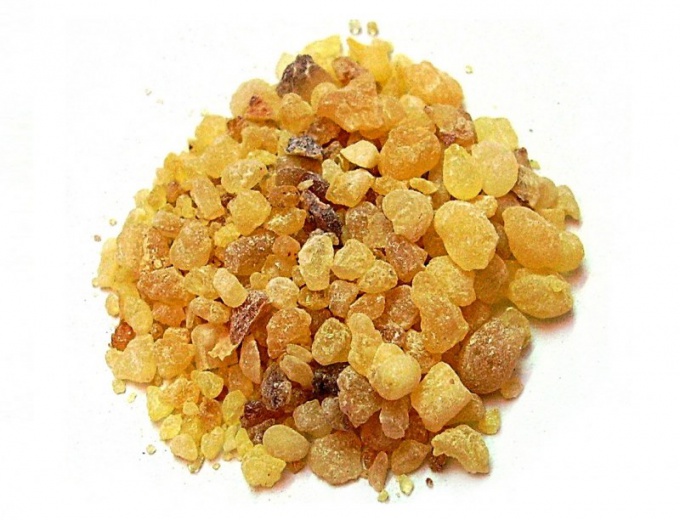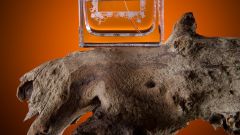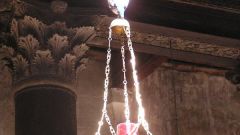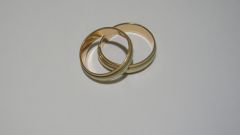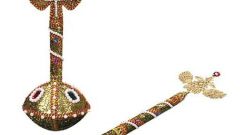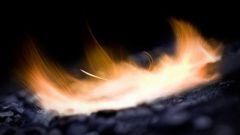The tree Boswellia carteri listed in the red book – his disappearance, of course, due to the fact that its SAP dries, it becomes precious resin. In February and March, when increases the secretion of the juice, on a tree trunk make the cut, which releases the liquid. It can flow long enough to cover the hardened pieces of the trunk. Then the resin is scraped from the bark and is harvested from the ground, where the dripping juice. It is sorted on the selected conventional incense.
The choicest incense – large solid chunks of resin the size of a plum light yellow or rosavtodora color. Their surface has a waxy luster and is covered with fine incense dust that is produced when they RUB against each other. Frankincense, harvested in different places, differs in color and smell. Pieces it is easily pounded into a powder, for this purpose, a conventional marble mortar.
Powder incense in Ancient Egypt was used as a basis for rejuvenating masks for face. It has long been used in medicine to treat a variety of diseases: rheumatism, colds, skin inflammations and infections of the urinary tract, nervous and stomach disorders. It is believed that it has antiseptic and anti-inflammatory effect, can be used as astringent, wound-healing, carminative, expectorant and sedative.
Of incense, by distilling the resin with steam, produce an aromatic oil used in aromatherapy. The oil appears pale yellow or greenish color, it mixes well with other spices: oil of sandalwood, geranium, Mimosa, pine, bergamot and orange. Such compounds are used in cosmetics for making soap, deodorants, and various creams. The smell of incense you can feel in many perfume compositions especially spicy Oriental. Sometimes it can be added to foods and beverages as a flavoring.
